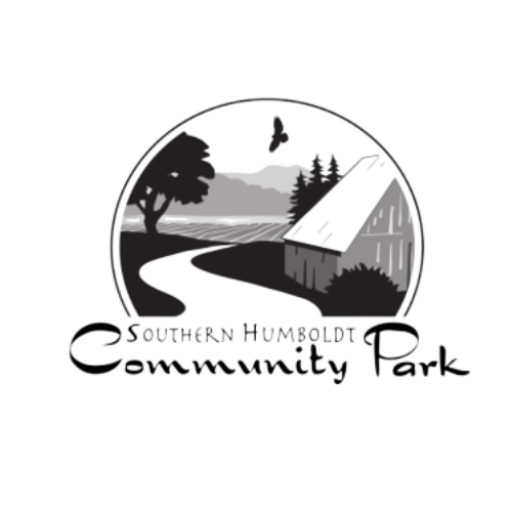Community Park Sells Hay
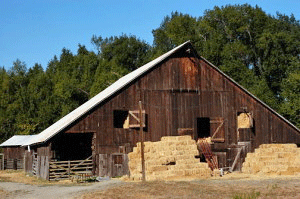
The Community Park sells hay, when available in season. 2022 update: we currently do not have hay. Stop on by the Park Office located across the street from Tooby Memorial Playground to get more information, or call (707) 923-2928.
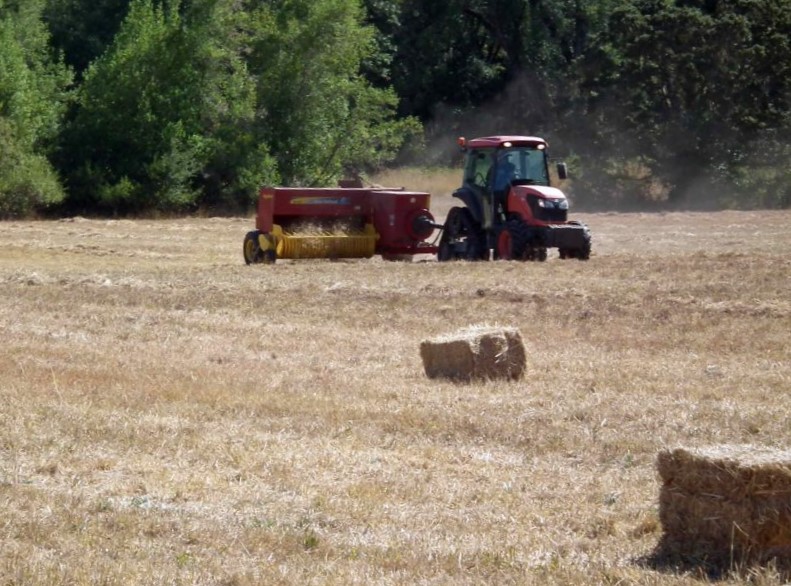
Some years, the Park grows, bales and sells hay right here on the Park premises. Hay is popular with our visitors for many reasons. Besides being an animal feed, it’s a great help with growing ground cover (it’s full of seeds). Or it can be mulch where you don’t mind a bit of ground cover (pumpkin patch? under trees?). In fact, hay is useful in many creative ways. Have a look at 15 Creative Ways to Use Hay Bales. Just don’t put it in your garden (remember those seeds!). Use straw for that.
Hay which has become moldy or dirty also has lots of uses. Check out 12 Uses for Old Hay.
To find the Park, check our Directions page.
Community Park Cattle
A Search for Reasons
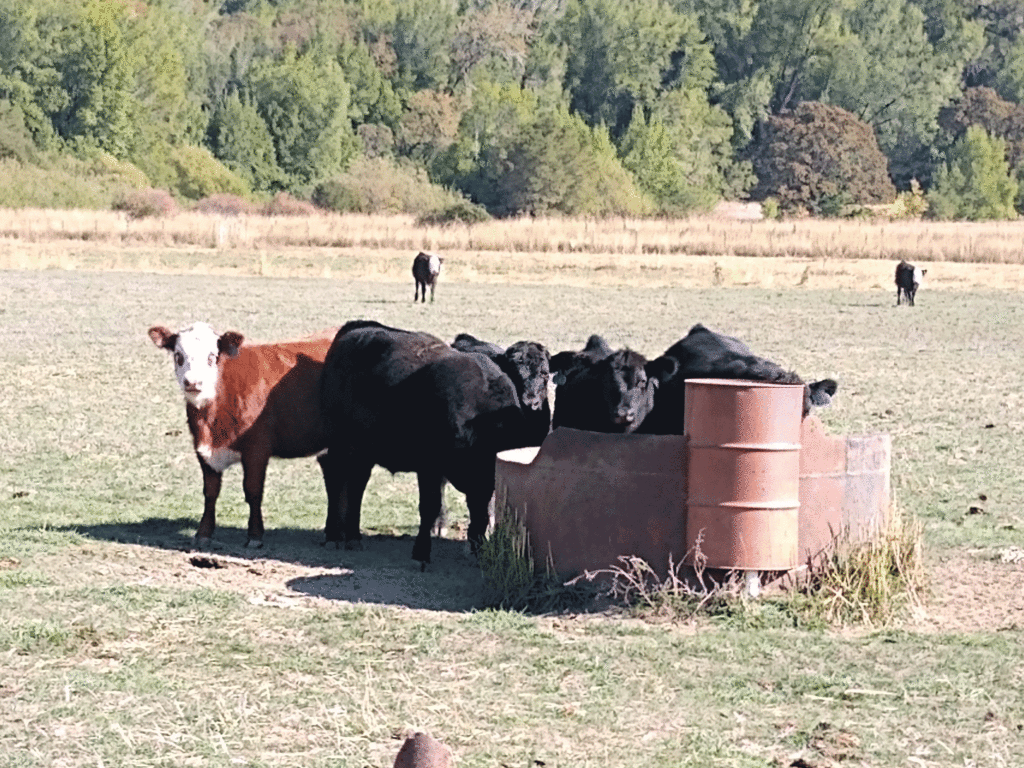
Over the past several decades scientists have been considering the arid and depleted condition of our wild grazing lands. Modern soils compare poorly to their lushness before man so heavily colonized the planet. Many blamed the overgrazing of cattle and other ruminants for the loss of life in our soil. To test this theory, no domestic animals were permitted to enter vast tracts of government land. Unfortunately, decades of abandonment later, the soil quality shows no sign of improvement.
Experiments in Africa
One of these scientists by name of Allan Savory began experimenting with different methods of grazing. Because vast herds once migrated across those same lands, ate their fill and still left the pastures in great condition, the scientists wondered what was different now.
The current thinking is pretty straight-forward. Because what goes in must also come out, those vast herds chomping away were a vast supplier of fertilizer. They also did a bit of tilling and carried a lot of seeds hither and yon. Experiments on poor soil areas in Africa attempted to copy this use pattern using a method now referred to as “intensive grazing.”
Large groups of grazing animals belonging to multiple farmers fed from specific, limited areas for specific, limited amounts of time, such as one or two days. Then they were all moved to another limited area on one of the multiple farms. The results in improved tilth and land productivity were amazing.
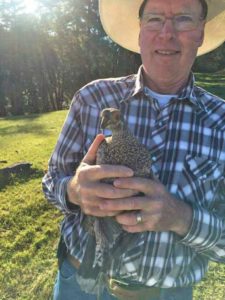
An Experiment in Humboldt
Using the same principles, our very own local cattle rancher Todd Phelps decided to reintroduce cattle to the Park, with the goal of improving the land. A side benefit would be the educational value for local kids and families.
Success!
So far, so good on both angles. The land is showing impressive improvement in tilth, water retention and general health. And a fascinating aspect of this improvement is the way it ripples into other areas.
According to Phelps,
“When we first rode over the land it was covered in a tall grass variety that grew as high as our horse’s chests, but was worthless as feed.”
In 2016 the rancher introduced cattle. He set up the area allotted so the little herd shifted regularly following “intensive grazing” principles. By 2018, short clovers and several varieties of nutritious native grasses had reestablished on the land. This encouraged the vole population. In turn, the Park’s previously lonely bachelor barn owl was able to hunt sufficient food to entice a Mrs. Barn Owl to join him, and in 2018 the pair successfully raised five owlets.
Additionally, wild geese are visiting the Park. Phelps says the clover attracts them. They won’t land unless they see the right kind of forage. Watching this project evolve further should prove most interesting.
Learn more…
To learn more about intensive grazing and how it can affect desertification of the land and climate change, an excellent starting point is Allan Savory’s famous Ted Talk.

